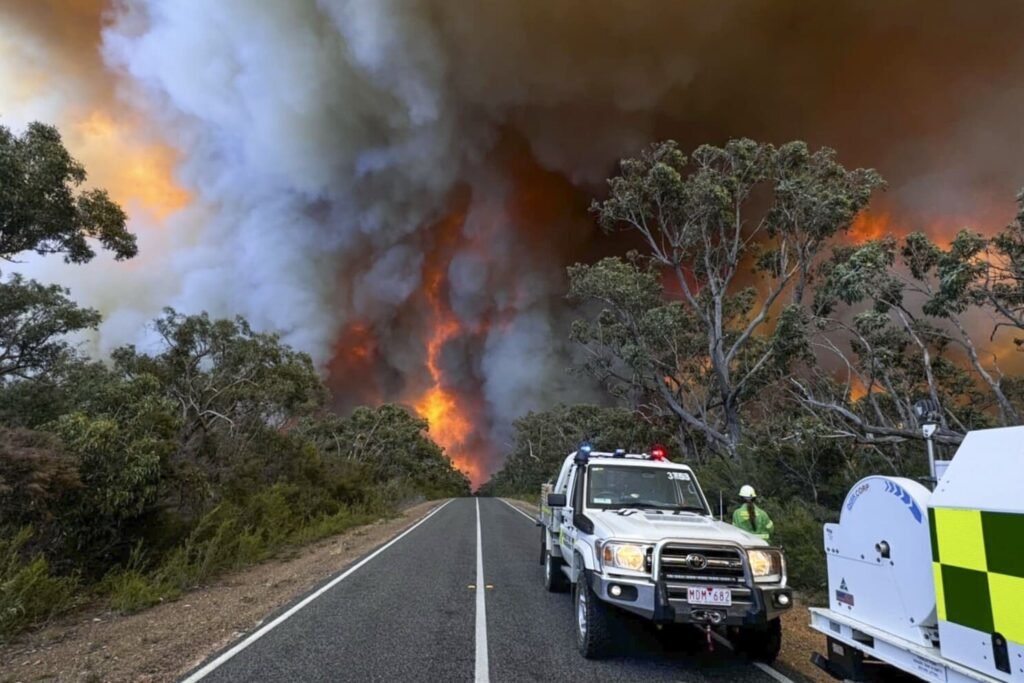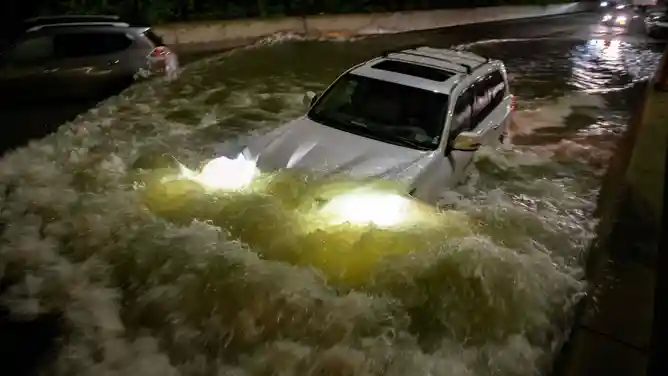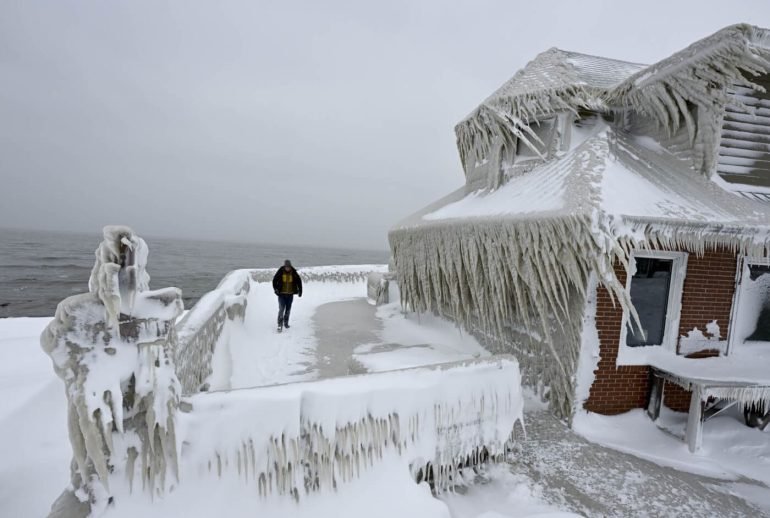Western regions of the United States, including states like California, Arizona, Nevada, and Colorado, are known for their beautiful landscapes—deserts, mountains, and coastlines. However, these areas also experience some of the most extreme weather conditions, including scorching heatwaves, wildfires, blizzards, and sudden temperature drops. Whether you’re a long-time resident or planning a visit, understanding how to prepare for and survive these conditions is crucial. This article offers essential tips for surviving extreme Western weather while keeping safety, preparedness, and health in mind.
1. Stay Informed with Local Weather Updates
The first line of defense against extreme weather is staying informed. Use trusted sources such as:
- National Weather Service (NWS)
- AccuWeather
- Local news channels
- Emergency alert apps like FEMA or Red Cross
Sign up for real-time weather alerts on your smartphone. This helps you act quickly in the event of wildfires, flash floods, heatwaves, or snowstorms.
2. Create an Emergency Weather Kit
A well-stocked emergency kit can be life-saving during sudden weather changes or power outages. Your kit should include:
- Bottled water (at least one gallon per person per day)
- Non-perishable food
- First-aid supplies
- Flashlights with extra batteries
- Portable phone charger or power bank
- Blankets and warm clothing
- Masks (for smoke or dust)
- Maps of the local area
For car travel, include jumper cables, tire chains (for snow), and a shovel.
3. Preparing for Heatwaves and Wildfires

Heatwaves are increasingly common across the Western U.S. Here’s how to protect yourself:
Stay Cool
- Avoid outdoor activities between 10 AM and 4 PM
- Wear light, loose-fitting clothing
- Stay hydrated—drink water regularly, even if you don’t feel thirsty
- Use fans and air conditioning if available
- Take cool showers or baths
Wildfire Precautions
- Clear flammable materials around your home (dry leaves, wood piles)
- Install smoke detectors and fire extinguishers
- Have an evacuation plan ready and know multiple routes
- Keep your car’s gas tank at least half full
- Use air purifiers or N95 masks to protect against smoke inhalation
4. Surviving Sudden Cold Snaps and Blizzards
Mountainous and northern western regions often face unexpected blizzards and sub-zero temperatures.
Layer Up
- Wear thermal base layers, insulated jackets, hats, gloves, and waterproof boots
- Avoid cotton, which traps moisture; opt for wool or synthetic materials
Stay Indoors
- Avoid travel during blizzards unless absolutely necessary
- Keep heating systems well-maintained
- Use space heaters safely—keep them away from flammable items
Vehicle Preparation
- Equip your car with snow tires or chains
- Keep antifreeze levels adequate
- Store emergency blankets and heating packs in your vehicle
5. Handle Flash Floods Smartly

Western deserts, especially in Arizona and Nevada, are prone to flash floods even after brief rainfall.
Safety Measures
- Never drive through flooded roads; just six inches of water can sweep a car away
- Avoid hiking in slot canyons or low-lying areas during rain
- Follow “Turn Around, Don’t Drown” guidelines issued by the National Weather Service
6. Maintain Your Home for Weather Resilience
Extreme weather can compromise your home’s structure and safety.
Fire-Resistant Landscaping
- Use fire-resistant plants and materials around your home
- Maintain a defensible space free of debris
Insulation and Weatherproofing
- Seal windows and doors
- Insulate pipes to prevent freezing
- Clean gutters to avoid overflow or ice dams
Backup Power Solutions
- Invest in a generator to power essential appliances during blackouts
- Consider solar panels with battery storage for sustainable energy
7. Plan Ahead for Evacuation or Shelter-in-Place
Have a clear plan for both evacuation and sheltering in place:
- Know local evacuation routes and emergency shelters
- Prepare a “go-bag” with essentials (ID, documents, cash, medications)
- Assign roles within your household for quick decision-making
- If you have pets, include them in your plan
8. Health and Mental Preparedness
Extreme weather isn’t just physically taxing—it can affect your mental health too.
Stay Connected
- Keep communication lines open with neighbors, family, and community services
- Join local emergency preparedness groups or apps like Nextdoor
Monitor Health
- Recognize signs of heat stroke, frostbite, hypothermia, and dehydration
- Get regular checkups if you have chronic illnesses worsened by extreme temperatures
Practice Mental Wellness
- Practice stress-relief techniques like deep breathing, meditation, or light exercise
- Don’t hesitate to seek professional help if you experience anxiety or trauma after a disaster
9. Use Technology Wisely

Smart devices and tech tools can enhance your weather preparedness:
- Smart thermostats to regulate indoor temperatures
- Battery-operated weather radios
- GPS apps with offline map capabilities
- Home security systems with remote access
10. Learn from Past Events
Finally, study how previous extreme weather events affected your area:
- Review emergency response reports
- Attend local preparedness workshops
- Talk to longtime residents for practical survival advice
Final Thoughts
Surviving extreme Western weather conditions requires a combination of preparation, awareness, and adaptability. By staying informed, equipping your home and vehicle, and planning for emergencies, you can significantly reduce the risks associated with extreme heat, wildfires, cold snaps, floods, and other weather events.
Remember, the key to weather resilience is preparedness today for survival tomorrow. Don’t wait for disaster to strike—act now to protect yourself and your loved ones.







